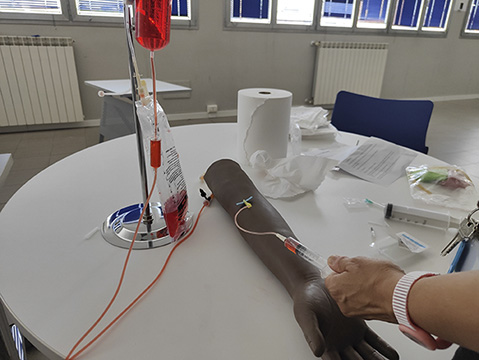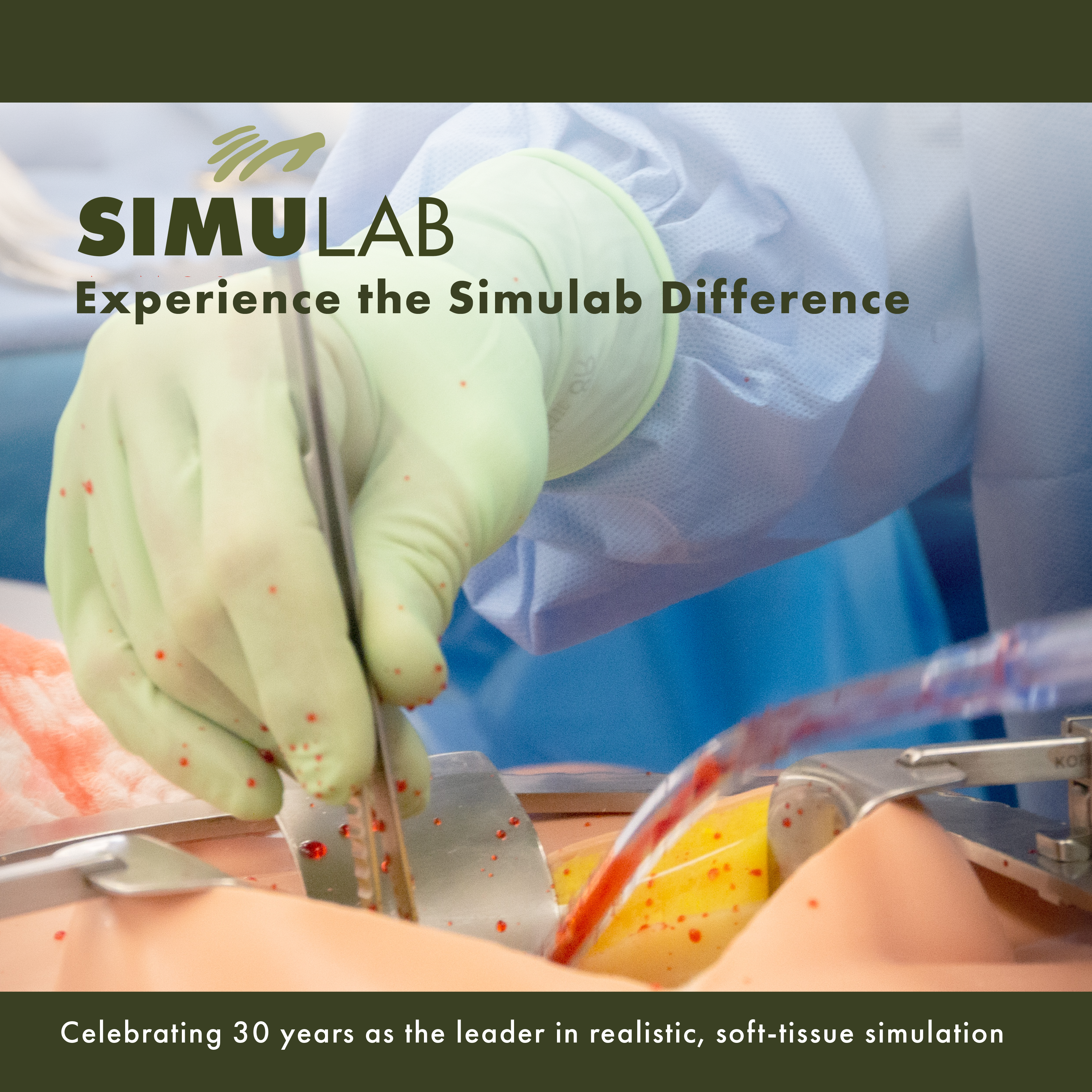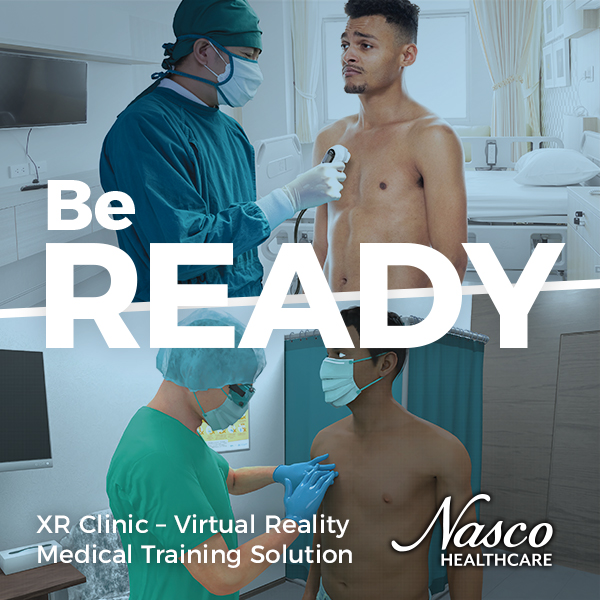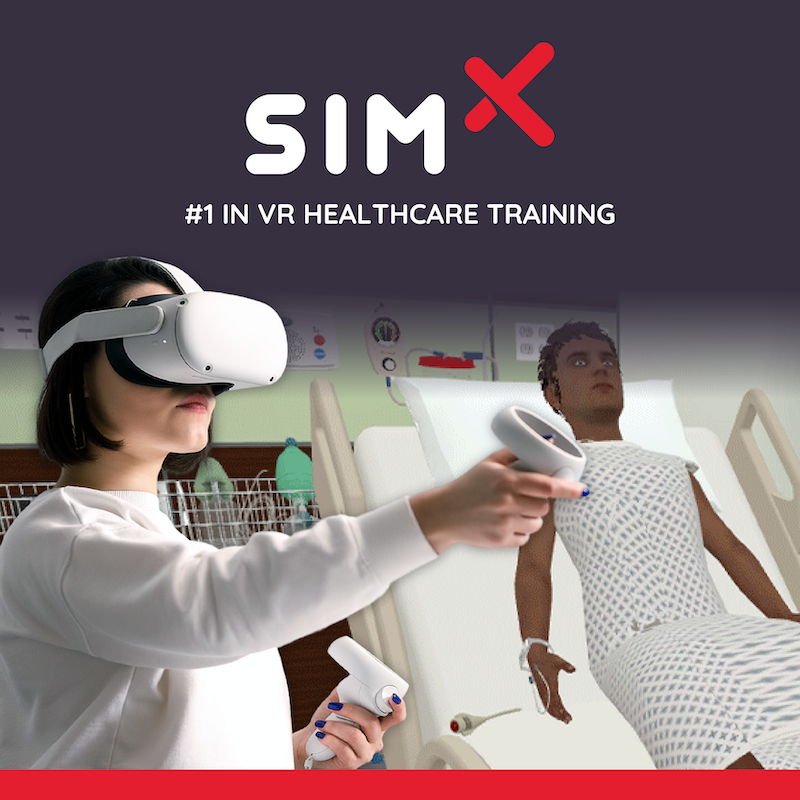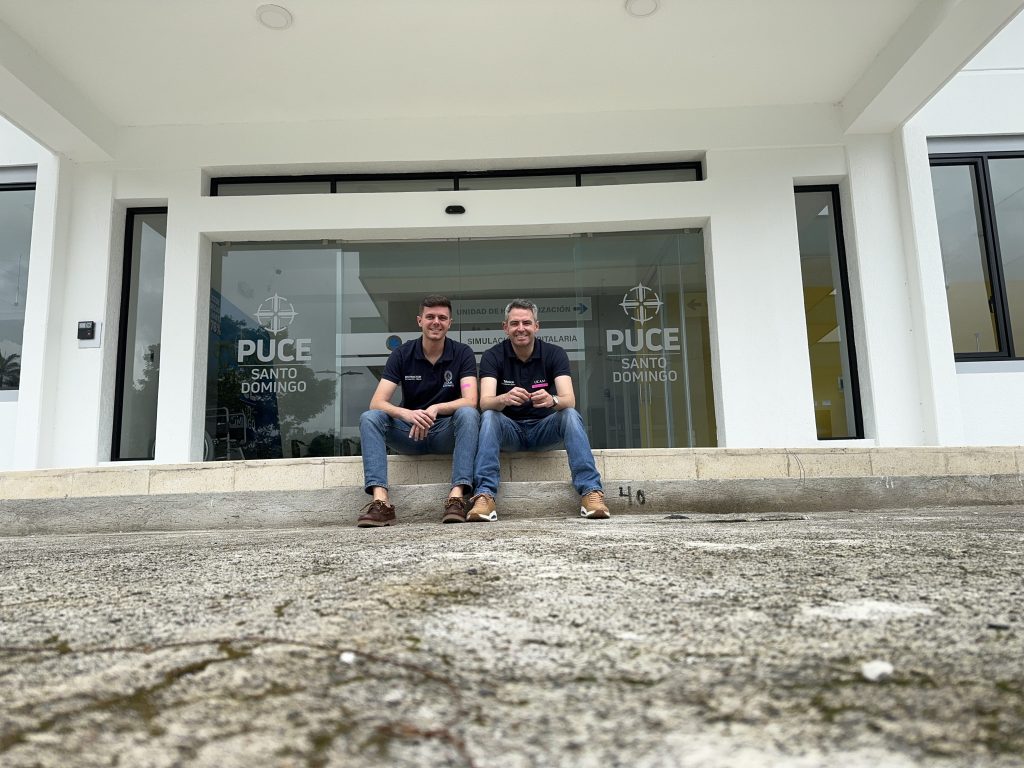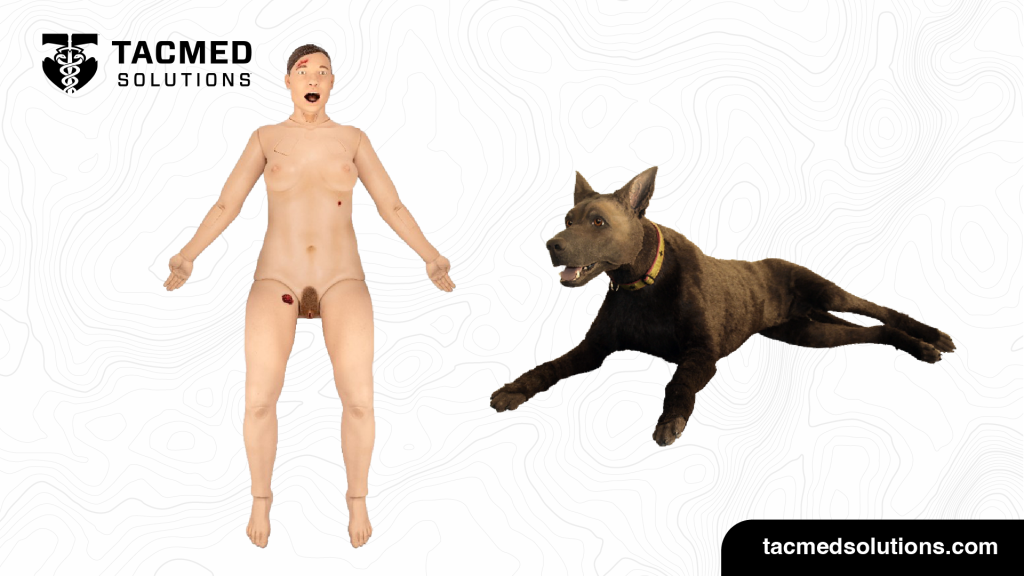A low-cost model of arm for blood sampling to make training more practical and accessible to all. Here is our analysis.
As important as advanced simulation is, we must not forget what, very often, comes first, namely the teaching and training of basic maneuvers, such as venous and arterial sampling.
The arms for blood sampling fall into the category Task Trainer or Skill Trainer, as those simulators, mostly synthetic, are designed to practice a specific skill. On the market there are several models of arms produced by different companies.
I want to dedicate this article to a rather inexpensive model of arm for venous sampling, which can be purchased from Amazon for about 70 €.
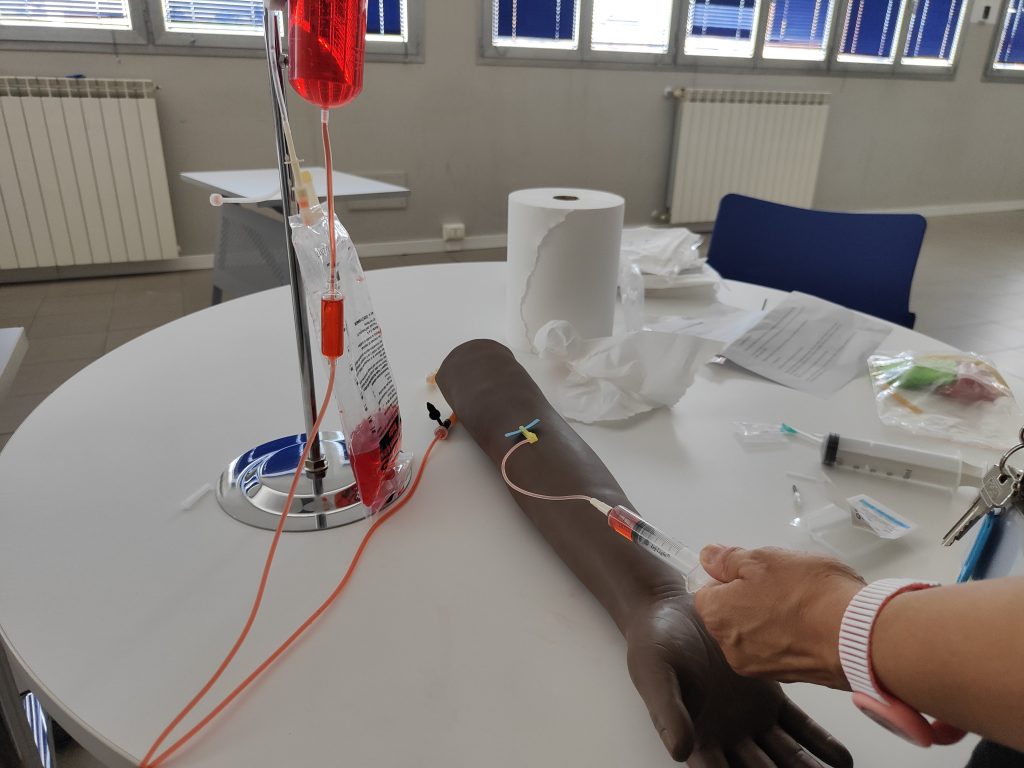
Essential features
An arm for blood sampling, whether it is cheap or not, can be evaluated on the basis of:
These points are the ones that I will deal with below and that will help me to answer the question in the title.
Anatomical fidelity
Considering the cost, I did everything I could to save money (each section of the article might start with this sentence). Therefore, unlike the more expensive models that allow, in addition to sampling, to perform other procedures, such as, for example, subcutaneous injections in the deltoid region, this task trainer is significantly reduced in size and it allows only to practice venous samplings. However, this does not compromise the basic realism of the product, just the feeling of touching the veins. It is simply a more portable arm.
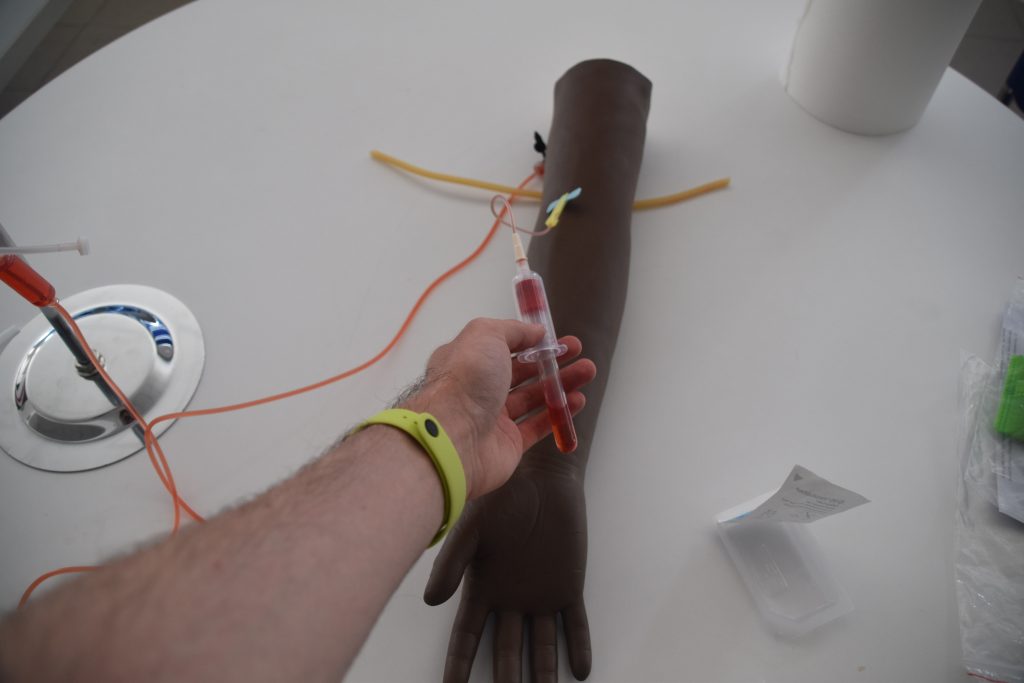
Materials
Although the materials of the structure and the leather are not the finest – we are talking about latex and silicone – the feeling is not bad, it is absolutely in line with other arms. The hand is not solid but simply rubber.
The only real downside: being practically a cylinder and not having a support, the arm tends to be very unstable, especially during the execution of the maneuver.
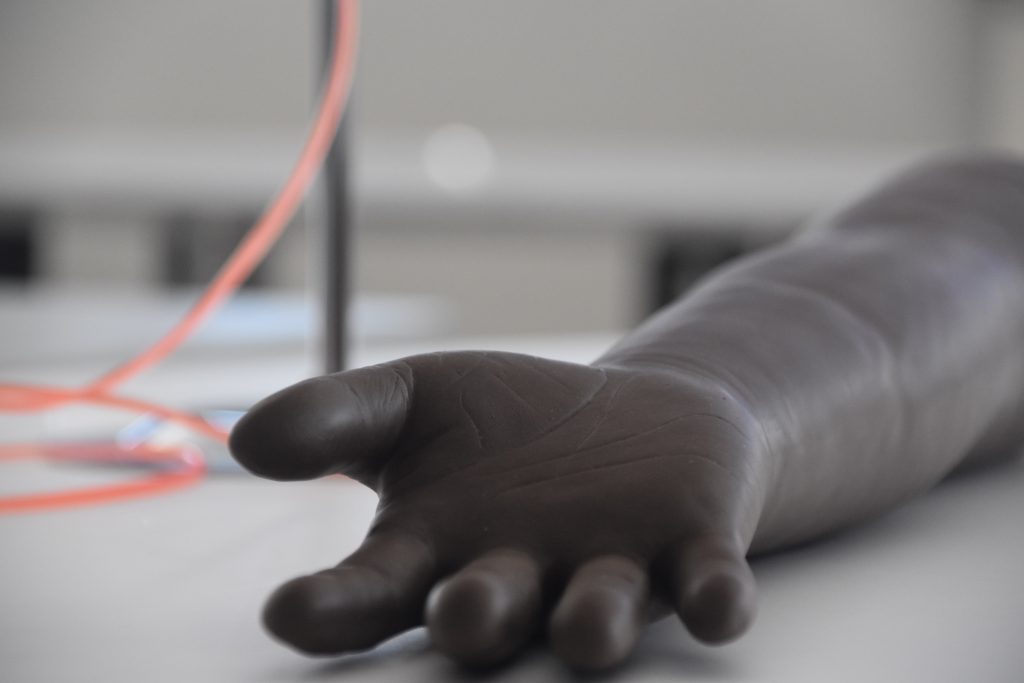
The veins are slightly thinner but proportionate to the anatomy of the arm. Small detail, not to be taken for granted, is the clip in both ends of the veins to block blood flow, so you don’t have to keep your arm always connected to the IV, but recharge it when necessary.
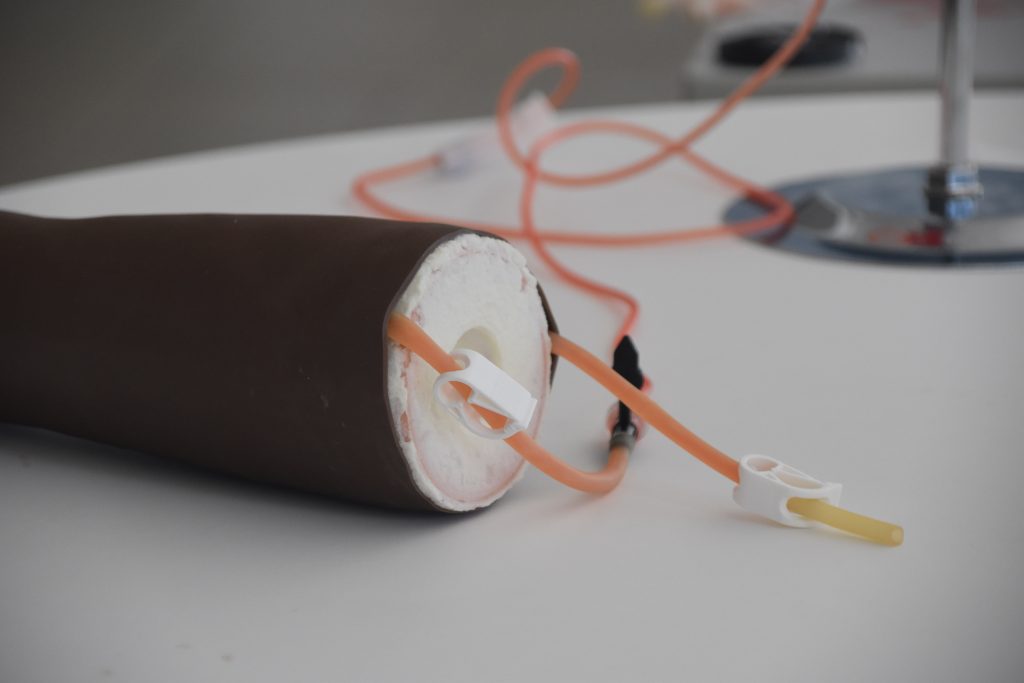
Accessories and spare parts
Despite the price, the kit is extremely complete. In fact, inside the case there are:
- a mini-adjustable table-top IV pole, made of metal;
- fake blood powder;
- tourniquet (clearly one end of the veins cut);
- a very special blood container. In fact, in addition to being solid and convenient for pouring blood, it also has an extremity that allows connection to an external drip so that the container is always full;
- extensions, butterflies and various syringes.
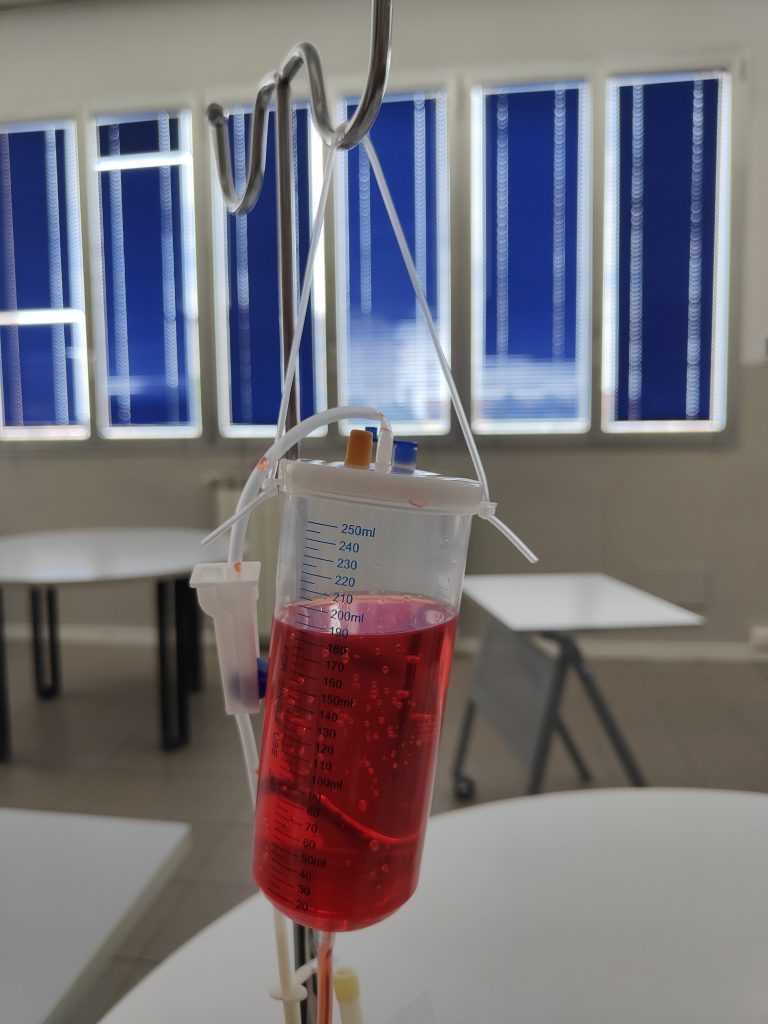
As you can imagine, there are no spare parts in the package and it is not possible to buy them separately as it is a very cheap product and, above all, it is subject to rebranding.
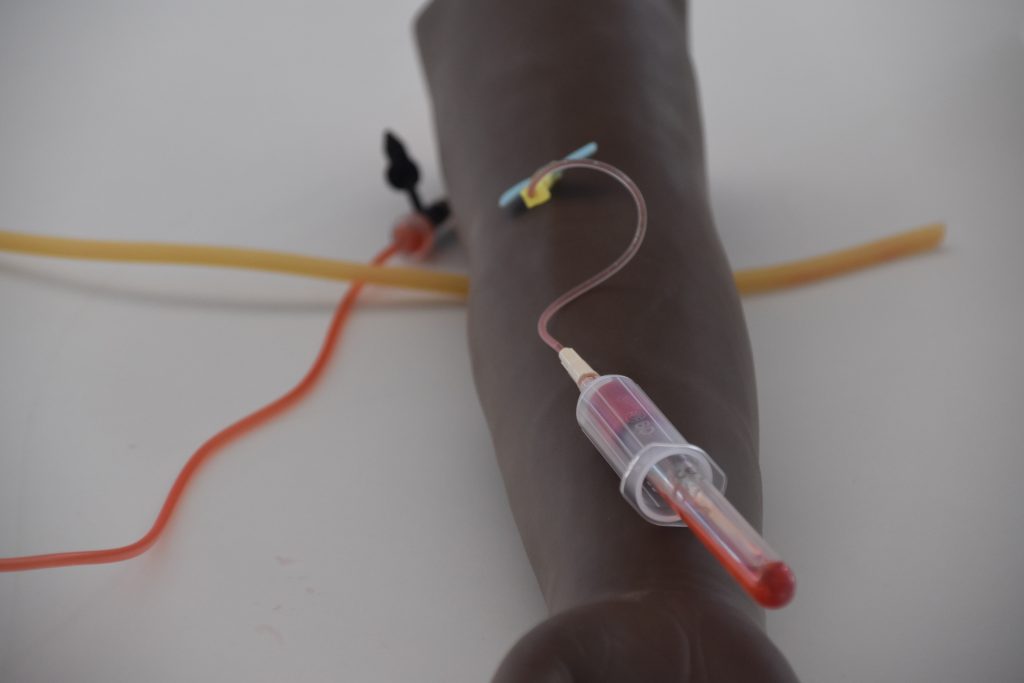
Verdict
The comparison with the arms sold by companies in the industry is inevitable, both in terms of quality and price, but, as always, we need to analyze the use cases. Surely this arm makes sense for individual teachers who want to make their lessons more practical and for students who want to practice before the internship, without spending a significant amount.
To conclude, this arm is by no means trivial since it makes the simulation accessible to everyone.

- (So) cheap
- Metal IV pole, therefore very stable and resistant to transport
- Portable and space-saving
- Functional blood container

- Unpadded case
- Cheap materials
- There are no spare parts
- It does not have a specific brand
- Support does not exist
READ ALSO



